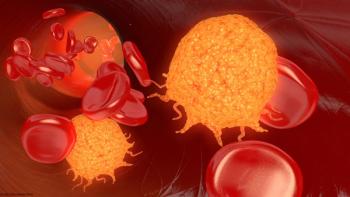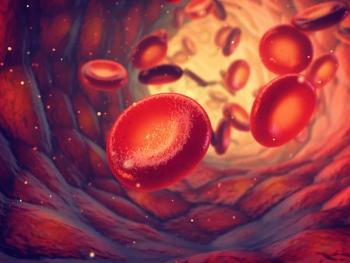
Prostate Cancer Death Linked With Shorter Sleep Duration
This video examines results of a study that found that shorter sleep duration was linked with an increased risk of death among patients with prostate cancer.
In this video, Susan M. Gapstur, PhD, MPH, of the American Cancer Society in Atlanta, discusses an analysis of two large, long-term cohort studies-Cancer Prevention Study-I and Cancer Prevention Study-II-that found that sleep duration was linked with an increased risk of death among patients with prostate cancer.
Results of the
The biological mechanism behind this association is unclear, but research has shown that lack of sleep and the presence of light at night can affect melatonin production, and that low melatonin production can lead to an increase in genetic mutations and can limit DNA repair.
Newsletter
Stay up to date on recent advances in the multidisciplinary approach to cancer.


















































































